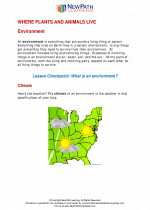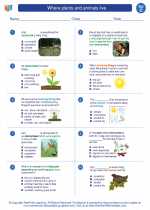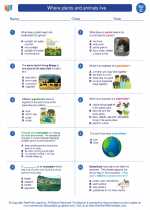Paleogene
The Paleogene is a geological period that spans from about 66 million to 23 million years ago. It is part of the larger Cenozoic era and is divided into three epochs: the Paleocene, Eocene, and Oligocene. The Paleogene is known for significant climatic and geologic changes, as well as the diversification of mammals, birds, insects, and plants.
Paleocene Epoch
The Paleocene epoch, which lasted from about 66 million to 56 million years ago, followed the mass extinction event that marked the end of the Cretaceous period. During this time, mammals began to diversify and occupy ecological niches left vacant by the extinction of non-avian dinosaurs. The climate was generally warm and relatively stable.
Eocene Epoch
The Eocene epoch, lasting from around 56 million to 33.9 million years ago, saw a significant warming trend, with the highest global temperatures of the Cenozoic era. This period is known for the expansion of modern mammal groups and the spread of tropical forests. The Eocene also witnessed the early diversification of many modern plant groups.
Oligocene Epoch
The Oligocene epoch, from about 33.9 million to 23 million years ago, marked a cooling trend as the Earth's climate began to shift towards the icehouse conditions of the later Cenozoic. This period also saw the further diversification and spread of mammals, as well as the rise of grasslands and savannas in various parts of the world.
Study Guide
- What are the three epochs of the Paleogene period?
- Describe the climate during the Paleocene epoch.
- What significant event marked the end of the Cretaceous period and preceded the Paleocene epoch?
- What major changes in temperature occurred during the Eocene epoch?
- Which epoch saw the rise of grasslands and savannas?
- What types of organisms diversified during the Paleogene?
◂Science Worksheets and Study Guides Third Grade. Where plants and animals live

 Worksheet/Answer key
Worksheet/Answer key
 Worksheet/Answer key
Worksheet/Answer key
 Worksheet/Answer key
Worksheet/Answer key
 Vocabulary/Answer key
Vocabulary/Answer key
 Vocabulary/Answer key
Vocabulary/Answer key
